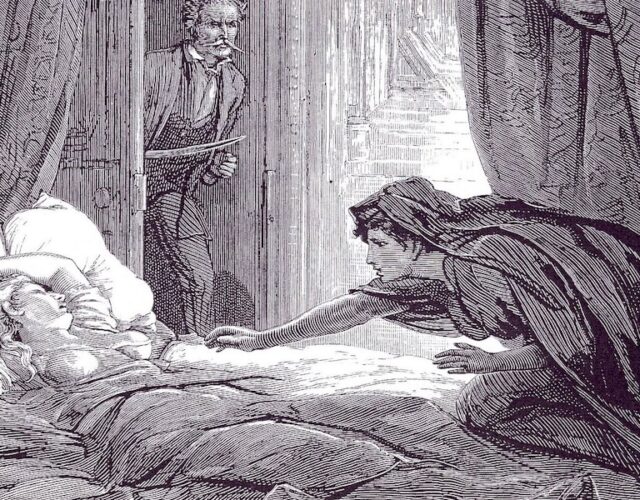Unveiling the Mysteries: What Are Female Vampires Called?
Within the realm of vampire mythology, numerous captivating and enigmatic creatures have captured our collective imagination. While the concept of vampires is widely known, their various classifications and characteristics can be intriguing. In this article, we embark on an exploration to uncover the answer to a particular question that has piqued the curiosity of vampire enthusiasts: What are female vampires called? Join us as we delve into the rich folklore and mythology surrounding female vampires and unravel the mysteries that surround these seductive and formidable creatures of the night.
1. Vampire Lore and Legends
Before we delve into the specific realm of female vampires, it is essential to understand the broader context of vampire mythology.
Throughout history, diverse cultures have developed their own unique vampire legends and beliefs, each with its own set of characteristics and folklore.
From the ancient tales of Mesopotamia to the vampire stories of Eastern Europe, the concept of bloodsucking creatures has permeated various societies, often associated with darkness, immortality, and the undead.

Vampire Lore and Legends
2. Differentiating Male and Female Vampires
In vampire lore, the traditional image of a vampire is often associated with a male entity. However, the existence of female vampires is equally significant and intriguing.
While the term "vampire" can be used to encompass both genders, the distinction between male and female vampires is notable, particularly in certain cultural interpretations and contemporary fiction.
Exploring the characteristics, powers, and appearances attributed to female vampires sheds light on the unique aspects of these captivating creatures.
3. Seductive Temptresses: Female Vampire Archetypes
Female vampires are often depicted as seductive and alluring, using their beauty and charm to ensnare unsuspecting victims.
This archetype portrays them as masters of manipulation and temptation, preying on human desires to satisfy their own insatiable thirst for blood.
Their ability to mesmerize and control their prey adds an extra layer of mystique and danger to their persona.

Female Vampire Archetypes
4. Regional Variations and Names
vampire legends developed across different cultures, so too did the names and classifications for female vampires. In Slavic folklore, the term "strzyga" or "striga" is often used to refer to female vampires.
In Greek mythology, the "Lamia" represents a vampiric creature, usually depicted as a seductive woman with a snake's tail.
Other regions, such as Romania, have their own unique names and stories associated with female vampires, adding to the rich tapestry of vampire lore worldwide.
5. Contemporary Pop Culture Representation
Female vampires continue to captivate modern audiences through literature, film, and television.
From the seductive and powerful vampires portrayed in Anne Rice's "Interview with the Vampire" series to the iconic portrayal of the vampire Carmilla in J. Sheridan Le Fanu's novella, "Carmilla," these female characters have left an indelible mark on vampire fiction.
Additionally, popular franchises like "Buffy the Vampire Slayer" and "Twilight" have introduced female vampire protagonists, showcasing their strength, complexity, and unique characteristics.
In conclusion, the realm of female vampires is a fascinating aspect of vampire mythology, offering diverse interpretations and representations across different cultures and mediums. While the term "vampire" can encompass both genders, understanding the distinct qualities and archetypes associated with female vampires adds depth and intrigue to the overall vampire lore. Whether they are portrayed as seductive temptresses or powerful beings of the night, female vampires continue to enchant and captivate us, leaving an enduring legacy in the world of folklore, literature, and popular culture.